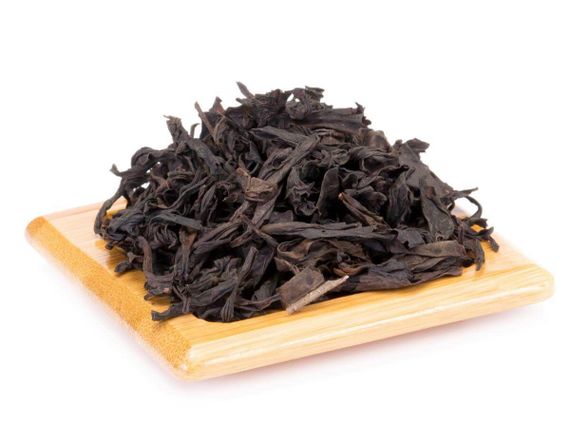The world-famous Chinese tea "Da Hong Pao", called "Big Red Robe", grows in the northwestern territory of Fujian Province. According to the production technology and taste, it is classified as a type of oolong with strong fermentation. Cliff tea, grown in the Wuyi Mountains, is hand-picked and made in the traditional way. The leaves are carefully twisted, so they remain long and aesthetically pleasing.
Twisted leaves are roasted over an open fire in mesh baskets. Special ovens are also used to produce the legendary tea, allowing the leaves to dry evenly. Thanks to the production technology, which is passed down from generation to generation, the tea retains its qualities for 3 years. Tea production includes many stages:
- drying the leaves in the air after collection;
- careful turning of shoots to speed up fermentation;
- frying the leaves in a hot pot for several minutes;
- twisting;
- warming tea in baskets over coals.
- After the final heating, the leaves acquire a rich color and the appearance that consumers of Da Hong Pao tea are accustomed to seeing.
There are many interesting myths associated with the origin of the unusual name of the popular tea. According to one version, it began to be called Red Robe in 1385. Manuscripts were found in the Tian Xing Si monastery, which explain the connection between tea and a monk who cured a student with its help. Student Ding Xian got heatstroke when he was on his way to take an exam.
A monk from the monastery restored the boy's health and strength using only one decoction - tea. When the student successfully passed the exam, he gave his red robe to the monk who cured him. But the healer refused the gift, as he followed the traditions of Buddhism. The boy, as a sign of his respect and gratitude, put his robe on the tea bush that gave him healing. After these events, Chinese tea from Fujian began to be called Da Hong Pao, which means Big Red Robe.


